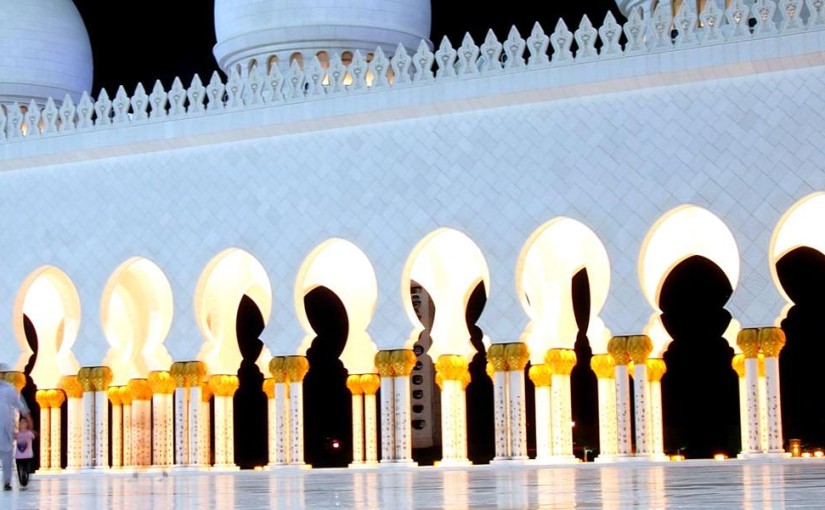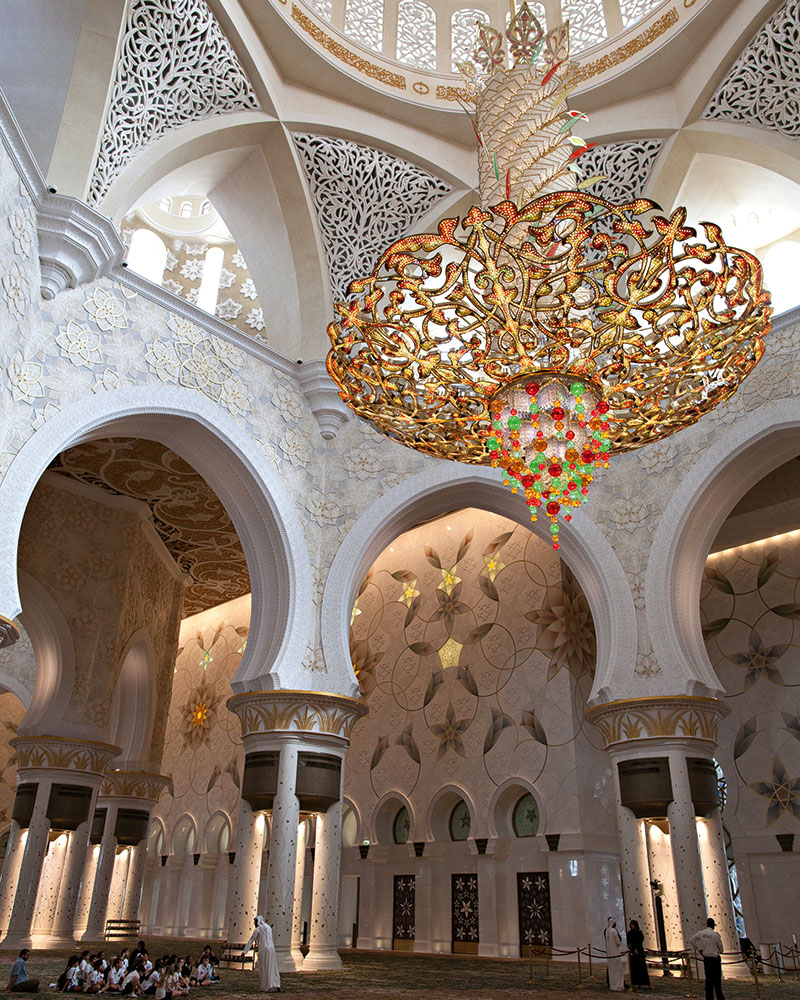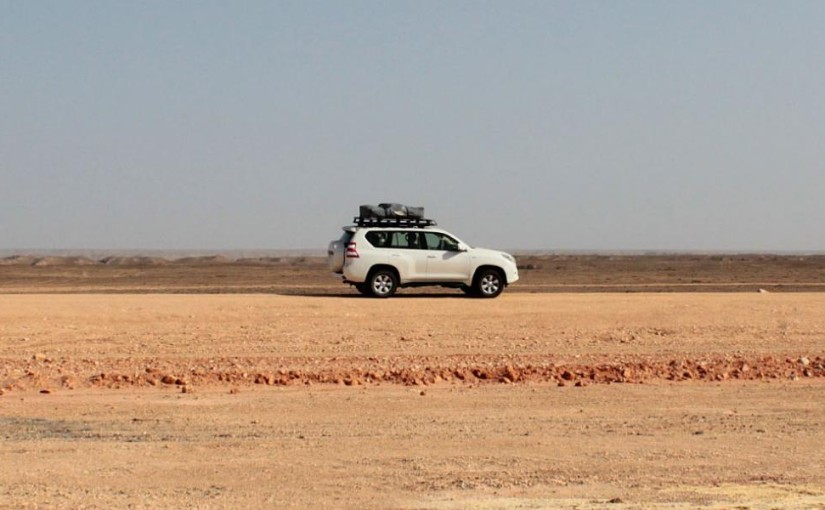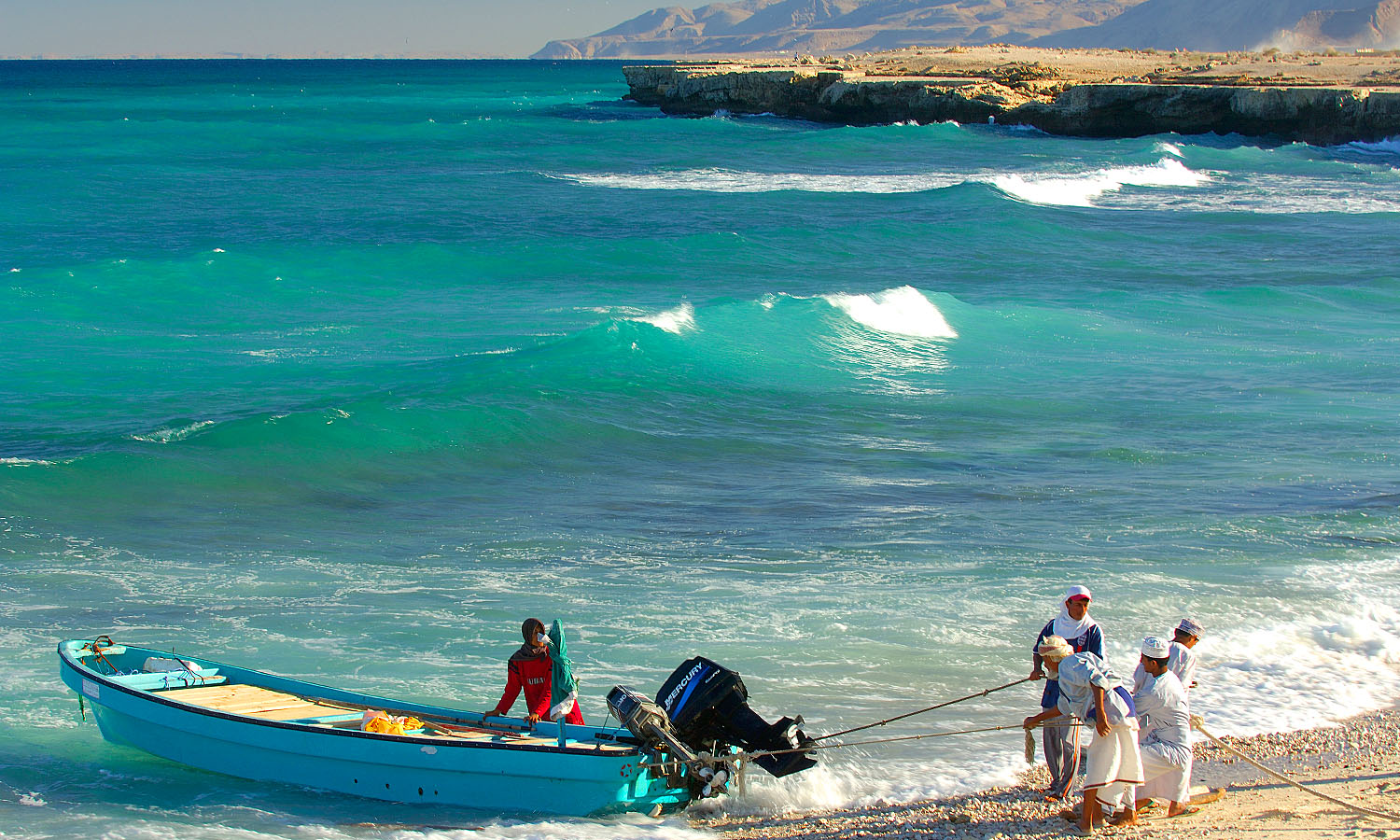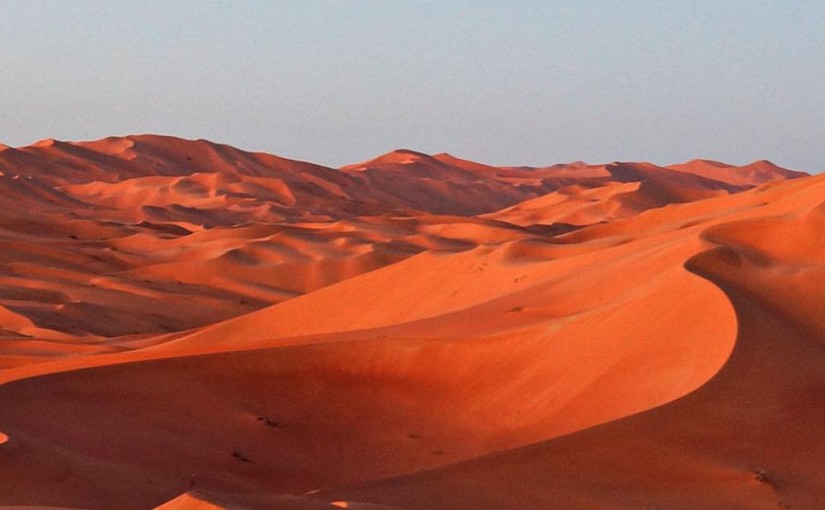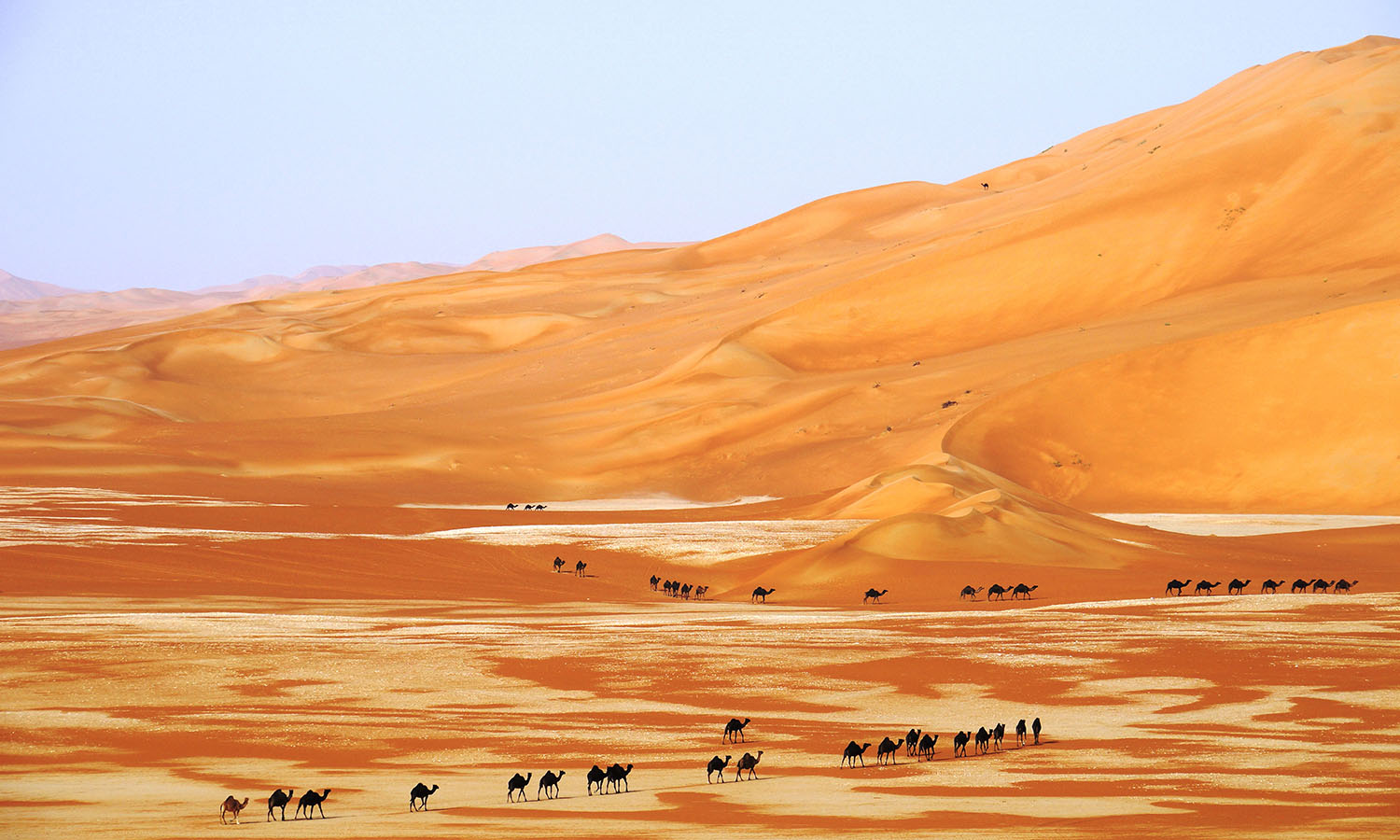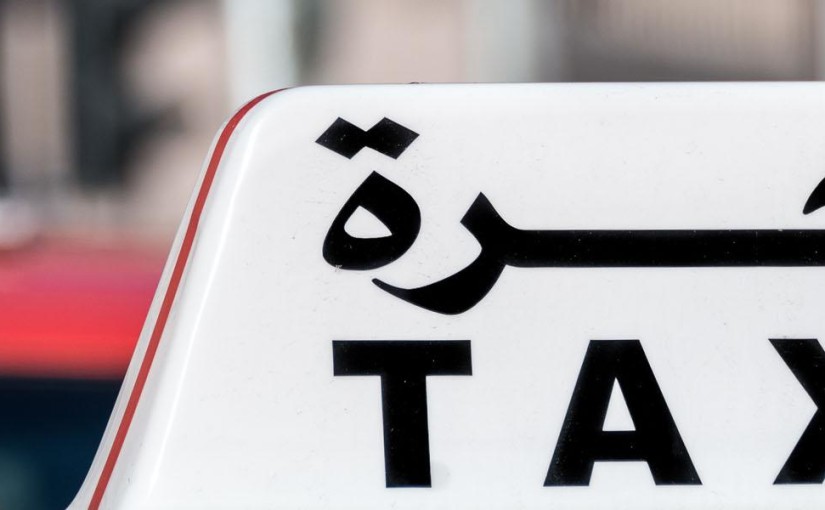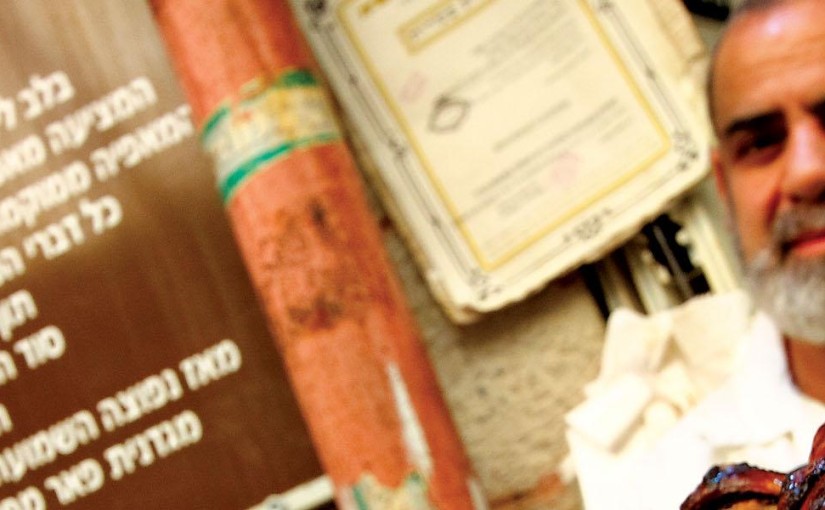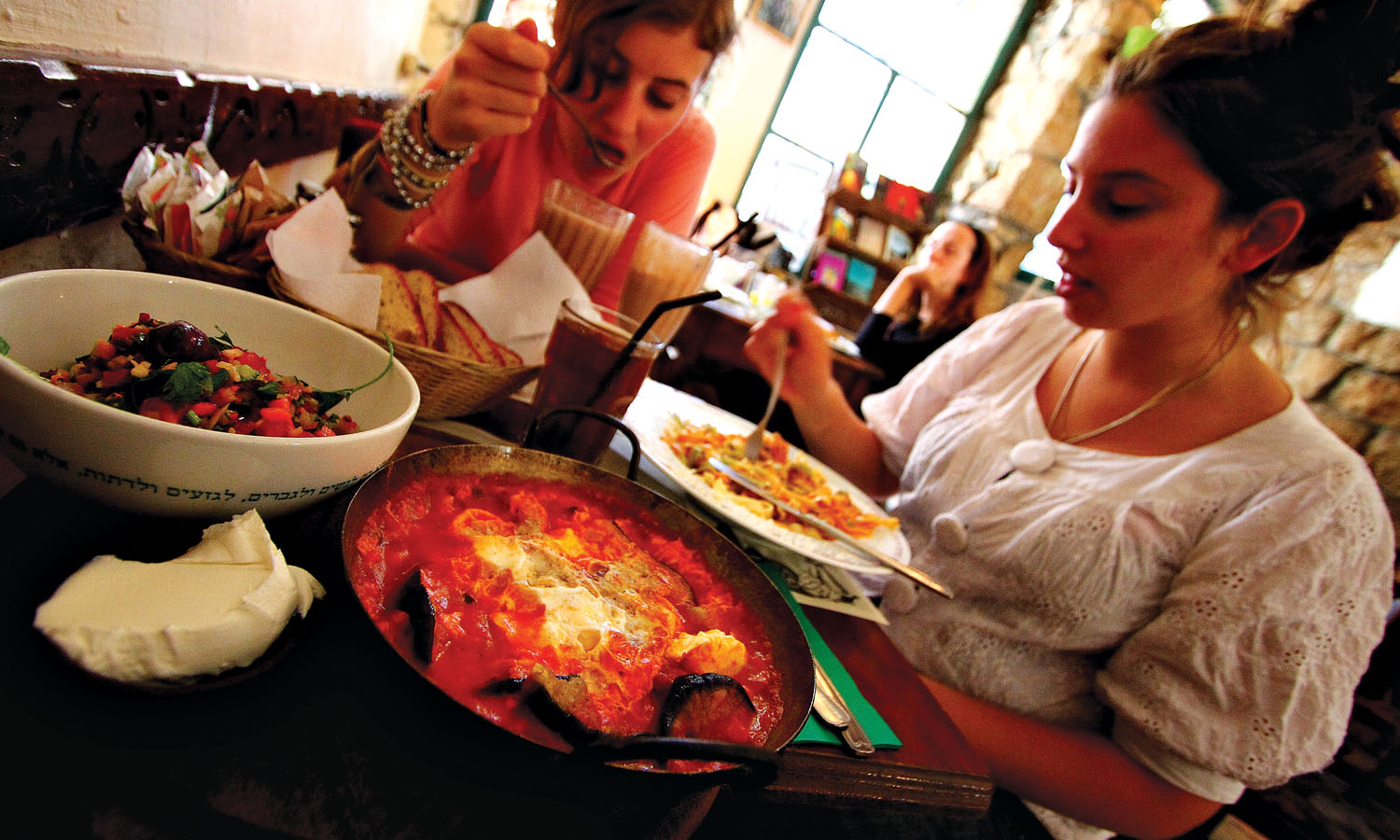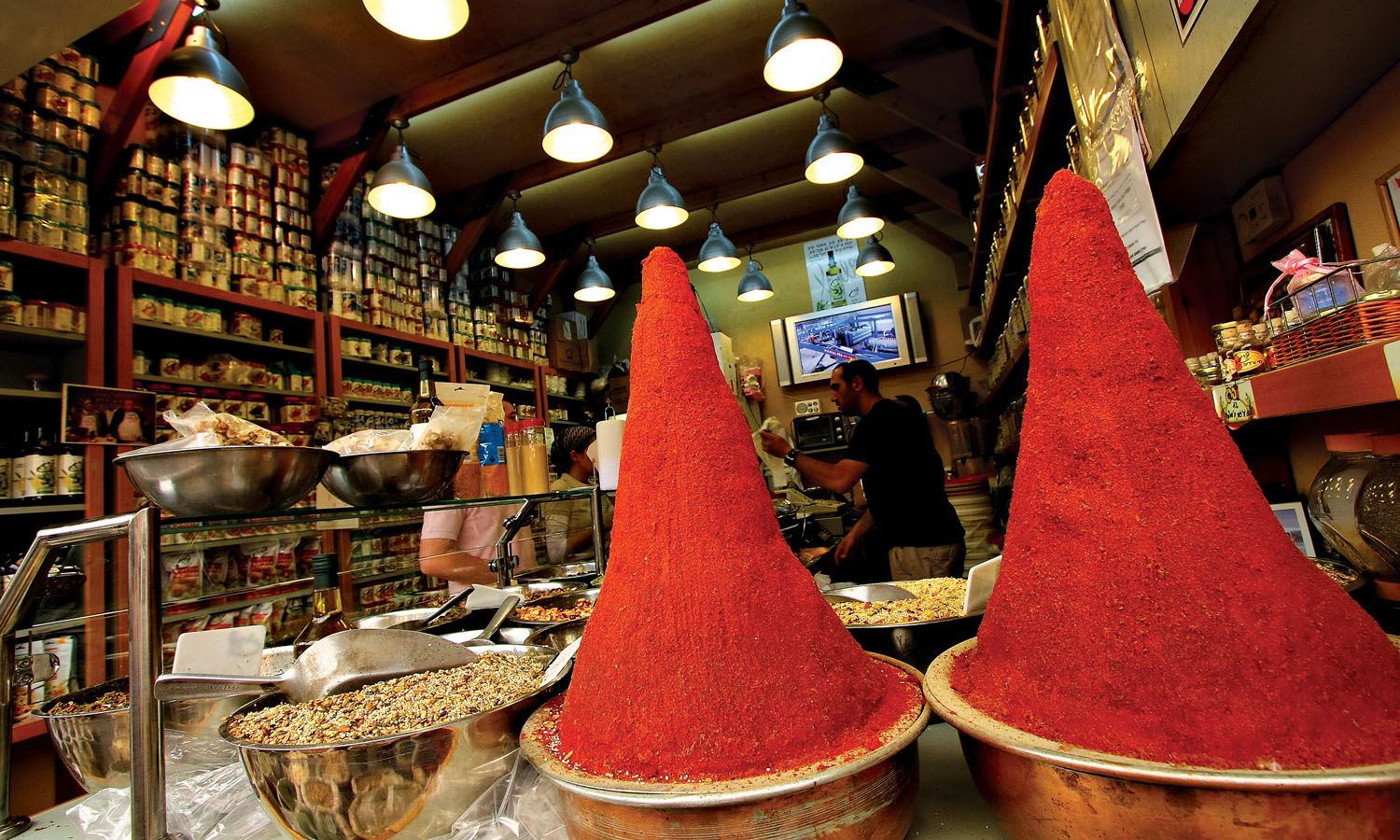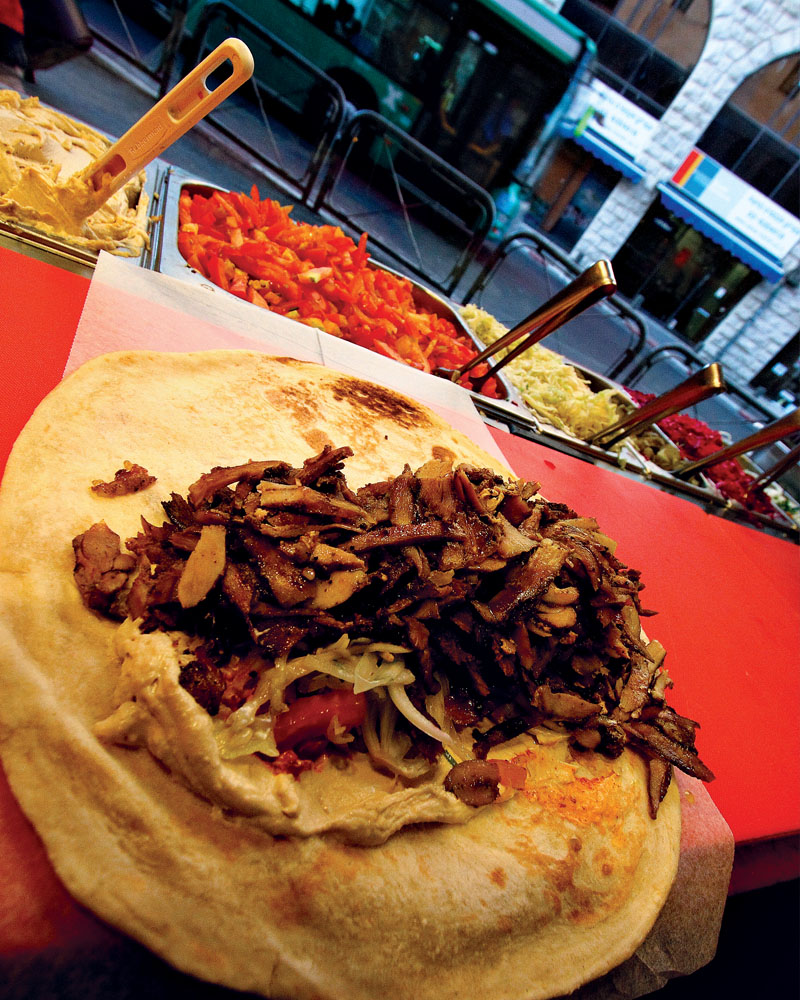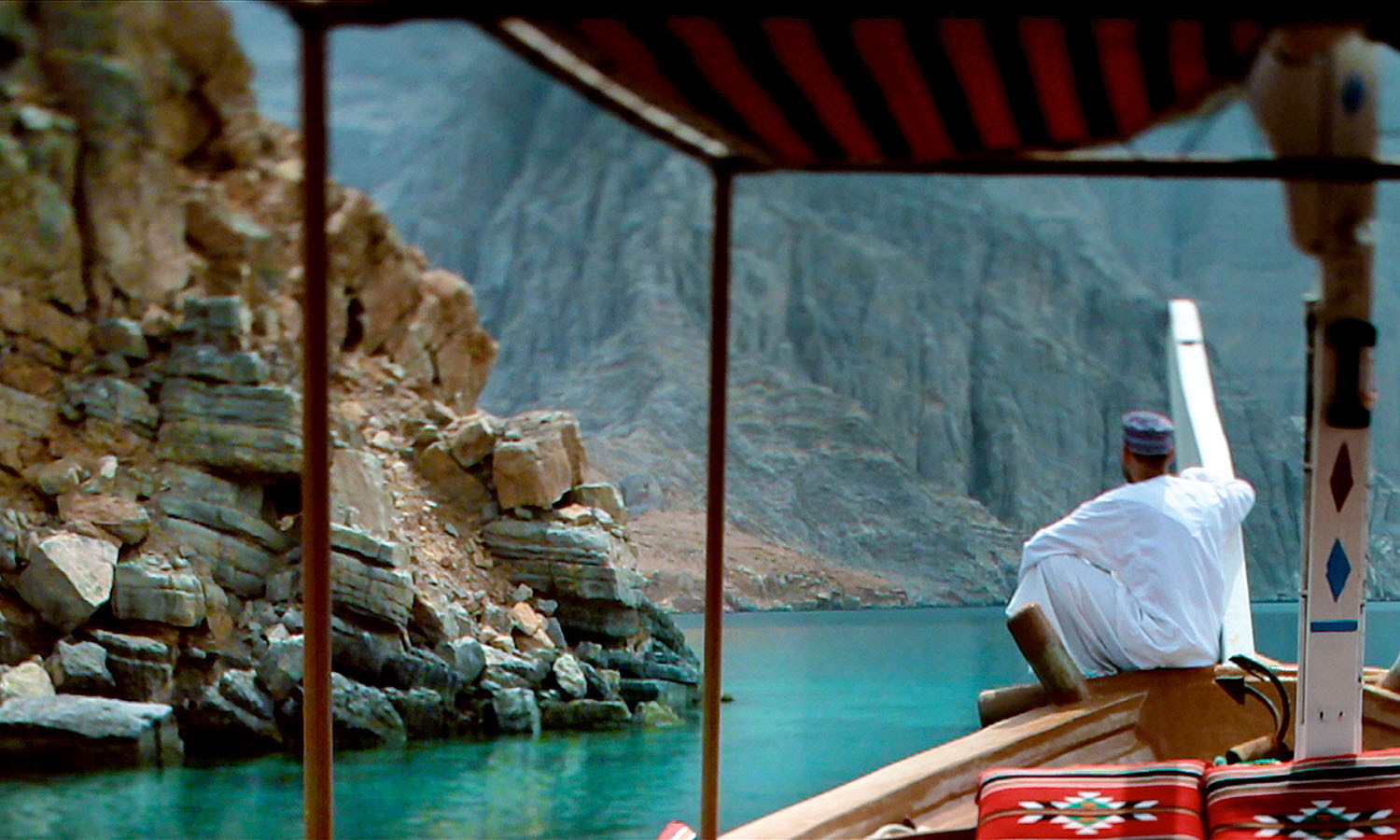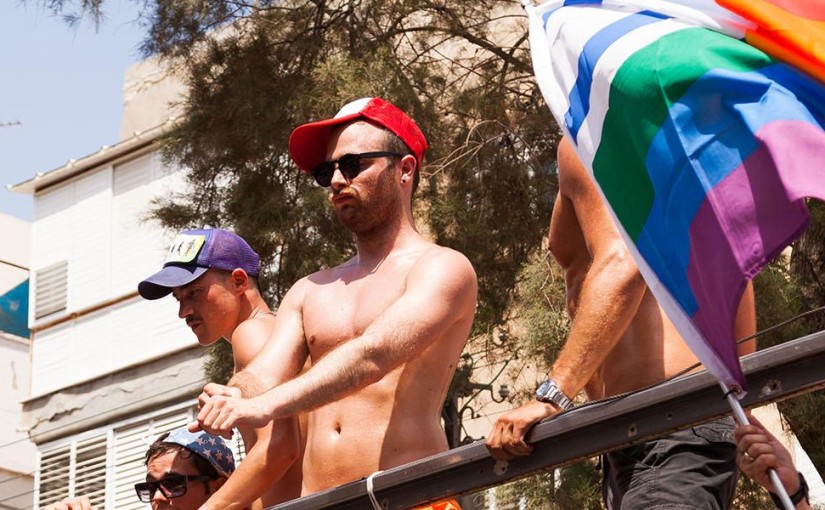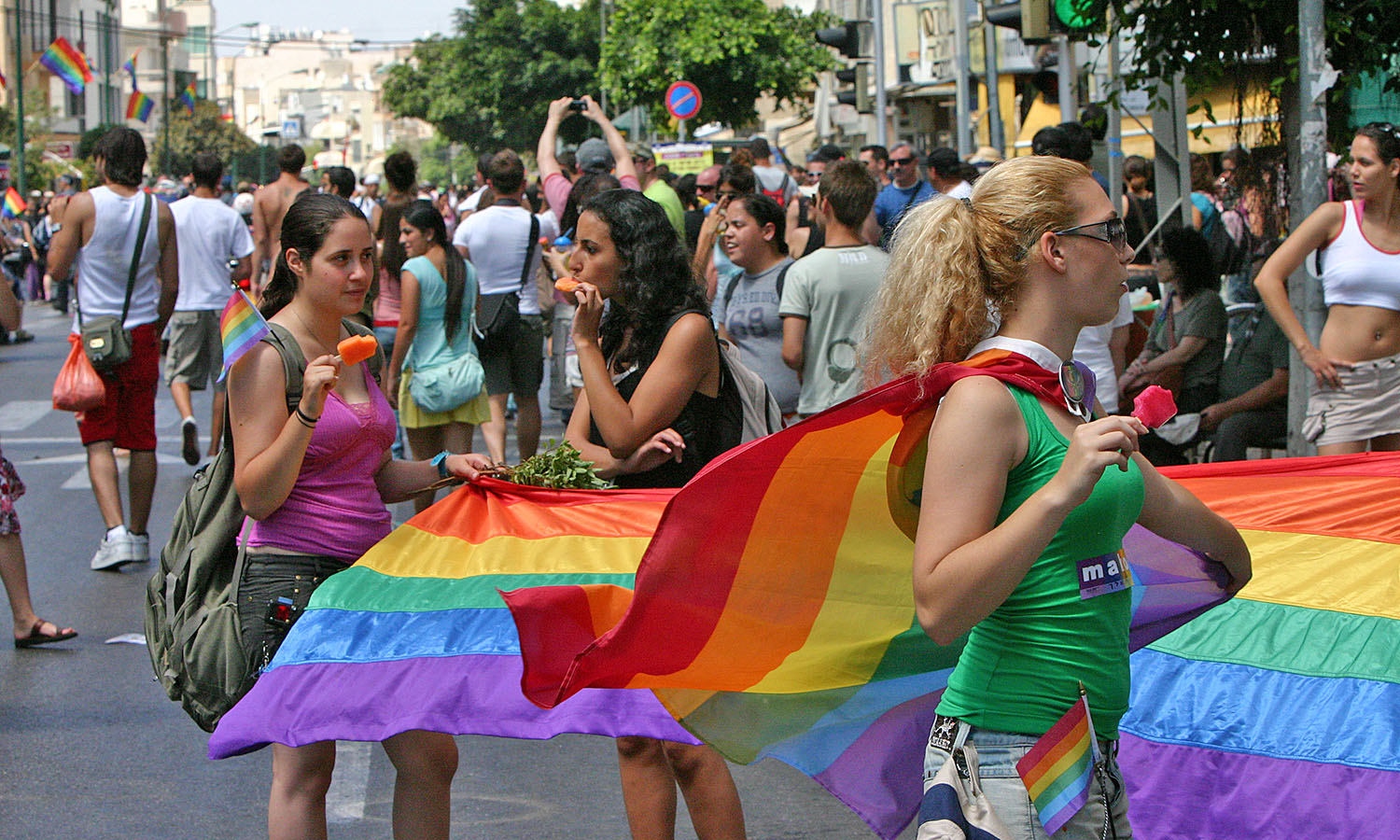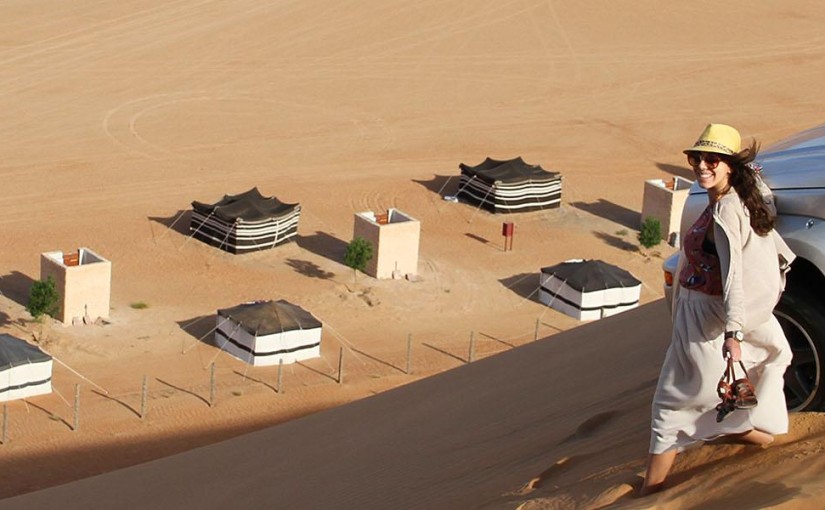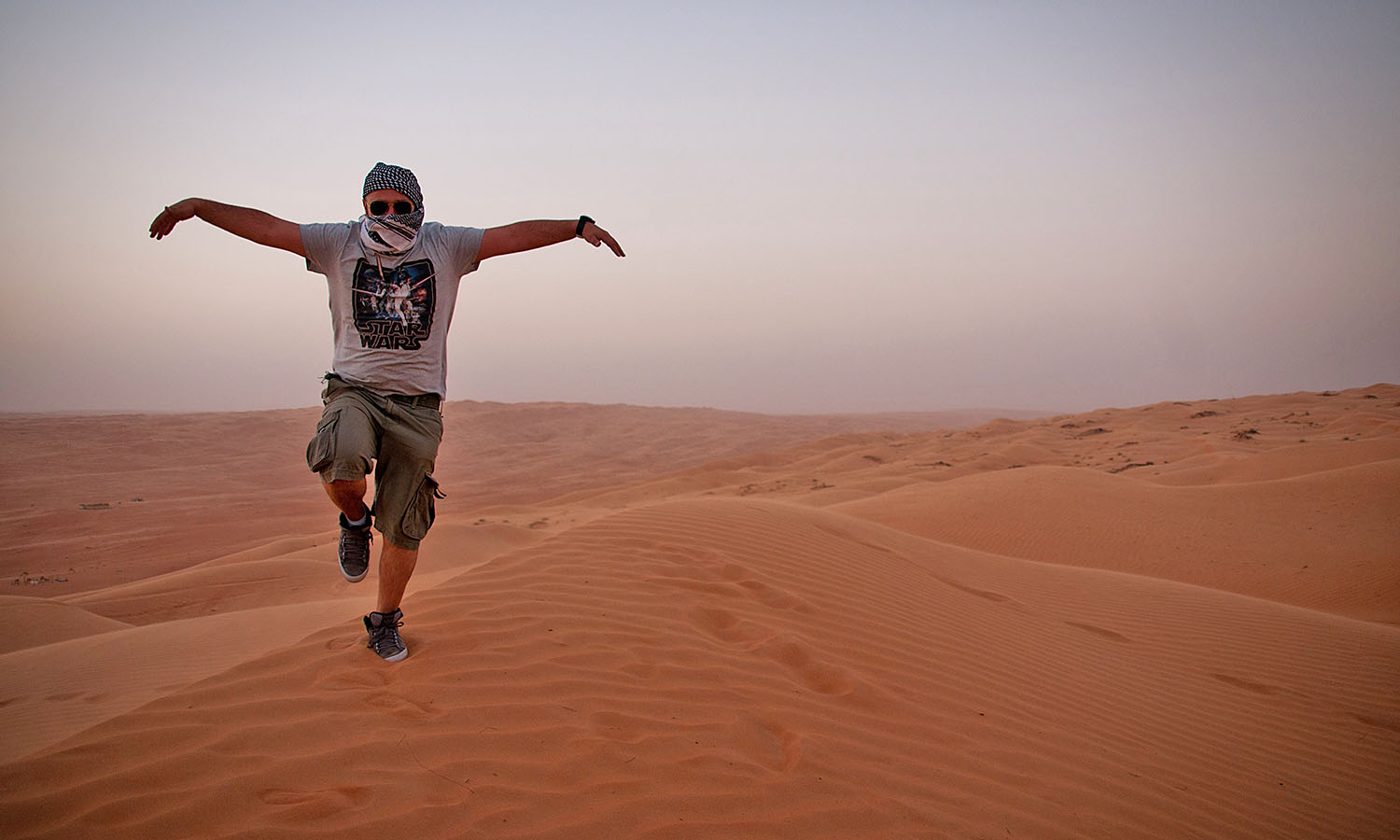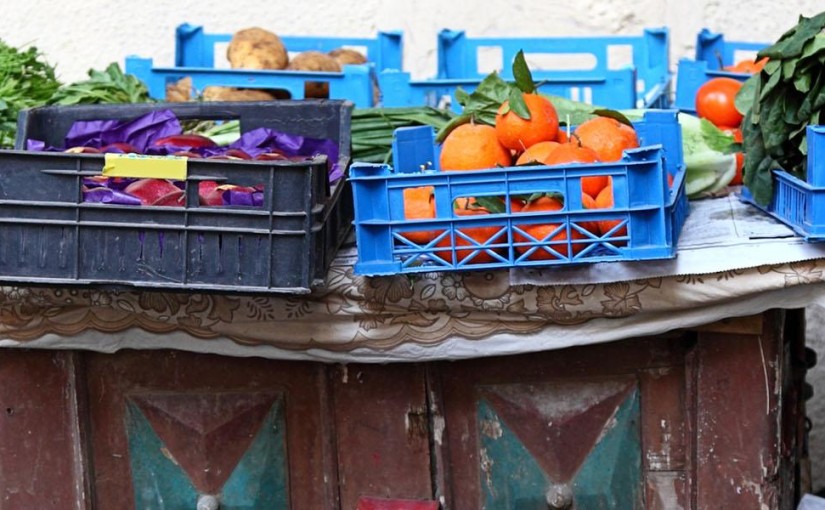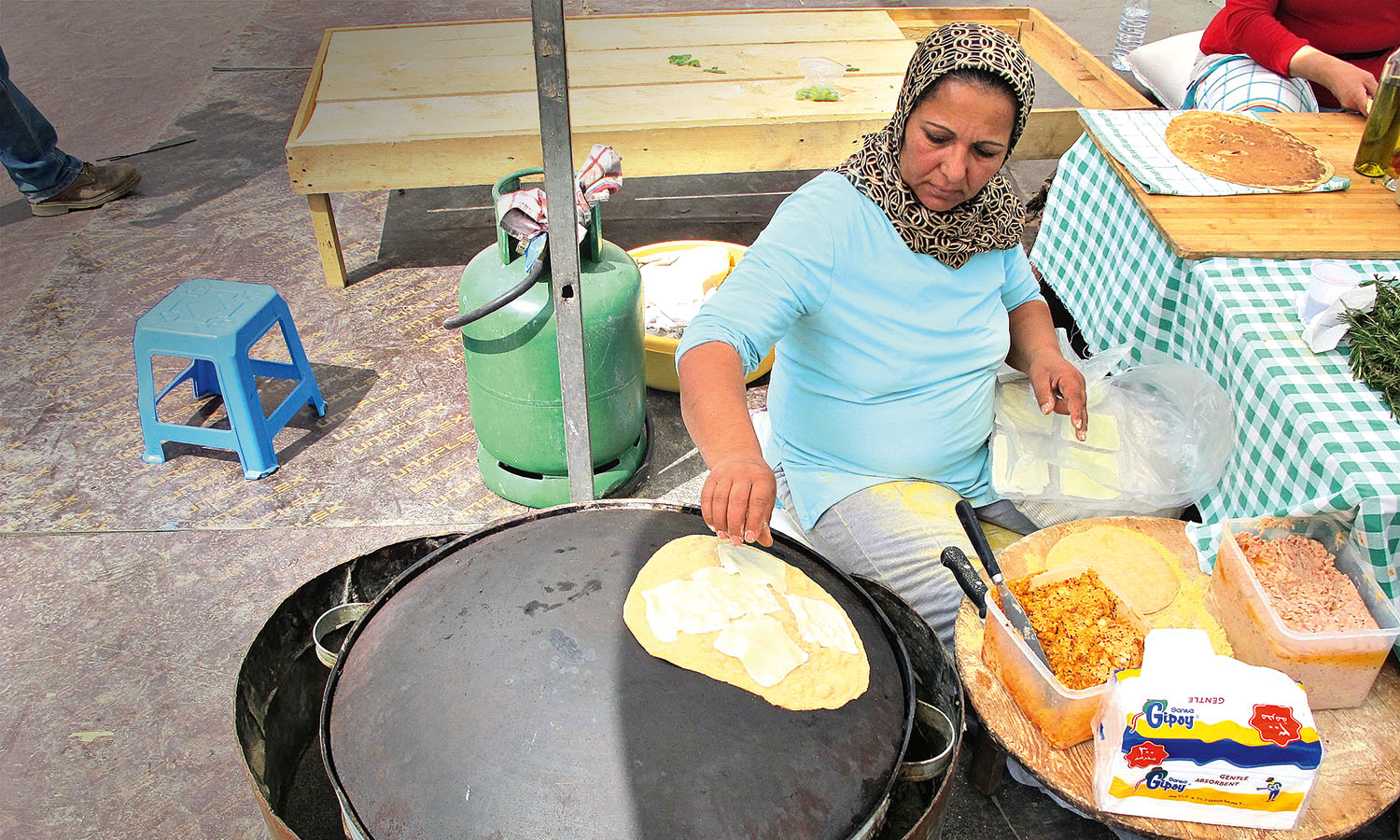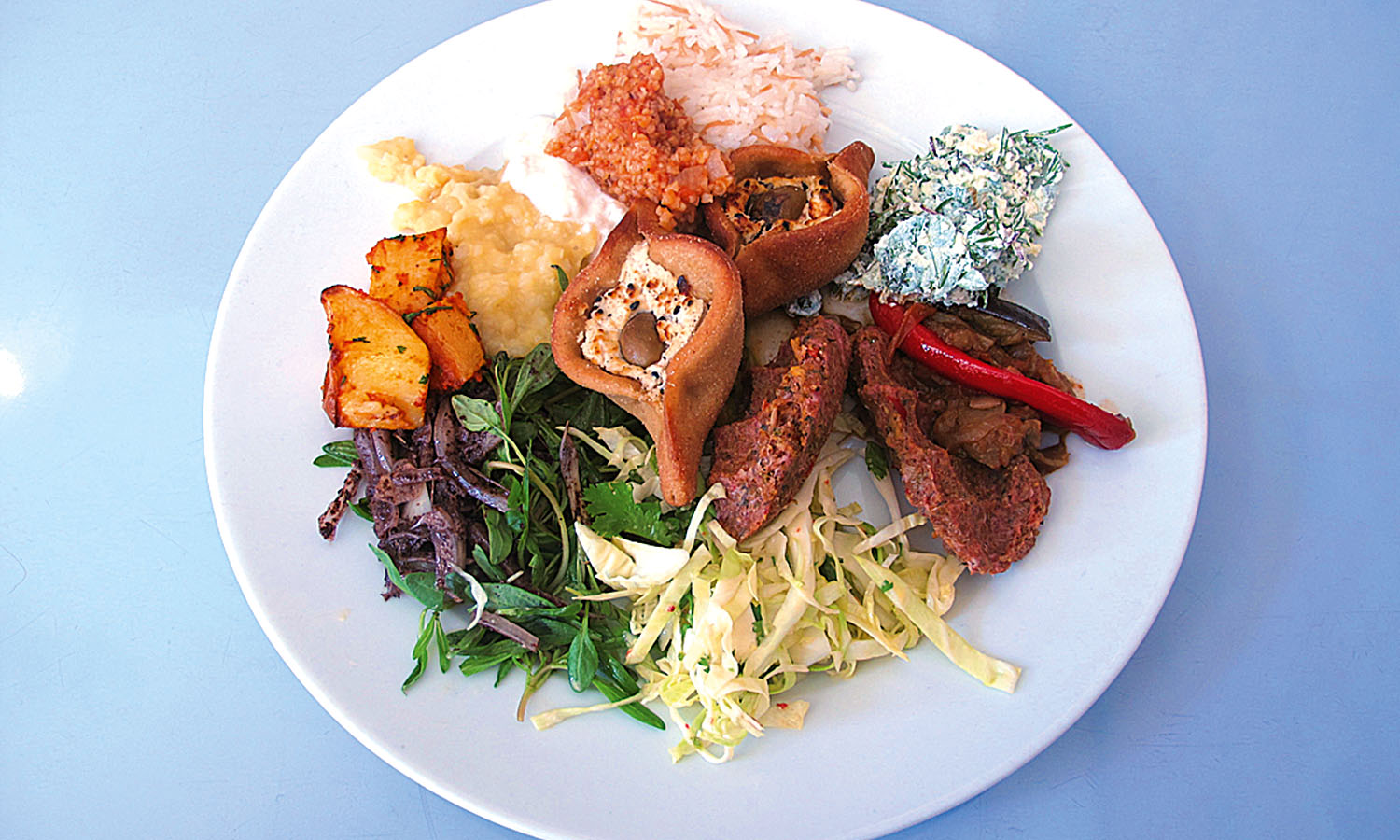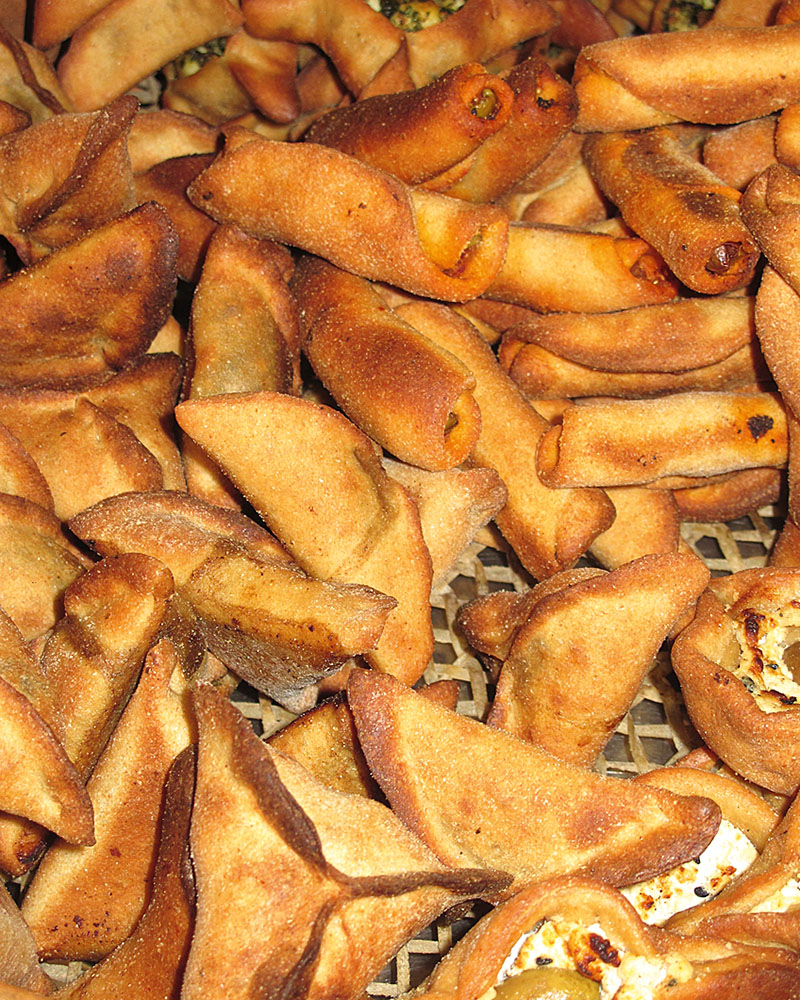Wealthy Emiratis leave their air-conditioned apartments to stroll the Corniche boardwalk overlooking the Persian Gulf. The men flow in white dishdashas (robes), while the women – all ankles and eyes – flaunt colourful stilettos beneath jet-black abayas. There is the sweet smell of apple-scented shisha wafting from alfresco cafes, while the mosques, malls, bars and restaurants draw disparate crowds from all over the world. Western travellers blend seamlessly into this cosmopolitan scene but can be identified by uncertain gaits and thirsty gills. Things are undoubtedly happening in this charged metropolis. But where is the Abu Dhabi action?
5pm
Cocktail hour is best delayed if you’re seeking the best from this devoutly Muslim city. Undoubtedly the city’s grandest and most iconic landmark is the Sheikh Zayed Grand Mosque. Named after the modern-day father of the UAE – who is buried beneath – the dazzling white, 82-domed mosque is comparable to India’s Taj Mahal for its breath-stealing grandeur and lavish detailing. Inspired by Persian and Moorish architecture, it utilises premium materials from across the world and can accommodate 40,000 worshippers. The mosque is especially beautiful at sundown and is worth the detour. Entry is free and it’s open to the public every day except Friday. Dress conservatively (no shorts or skirts).
Sheikh Zayed Grand Mosque Centre
5th Street
szgmc.ae
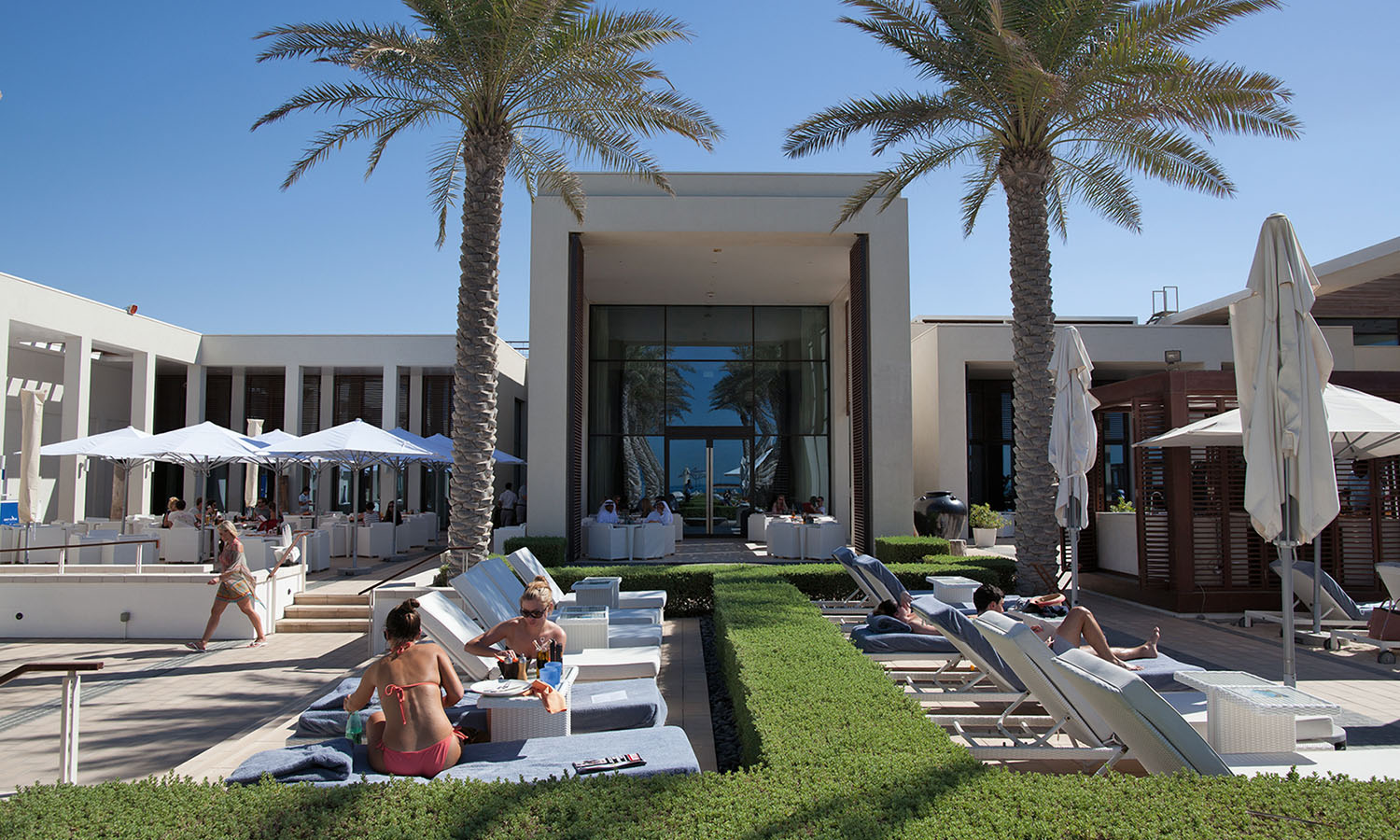

6pm
A short taxi ride away you can revel in the stark contrasts for which the UAE is known. The Saadiyat Beach Club sprawls languidly by the gin-clear Gulf, all poolside cabanas, fruity cocktails and sun-worshipping patrons. Bikinied Westerners with cosmetically enhanced outlines lounge by the water, while Emiratis in traditional attire sip minted tea nearby. Popular with expats, the club offers exclusive facilities for members, but day guests are welcome to visit the restaurants and bars. Turtles and dolphins are said to frequent the nearby waters – in fact, you could be in the Caribbean. Saadiyat can turn into a party scene on select nights, in which case you’ll be hard-pressed to leave, but the night is young.
Saadiyat Beach Club
Sheikh Khalifa Highway
saadiyatbeachclub.ae
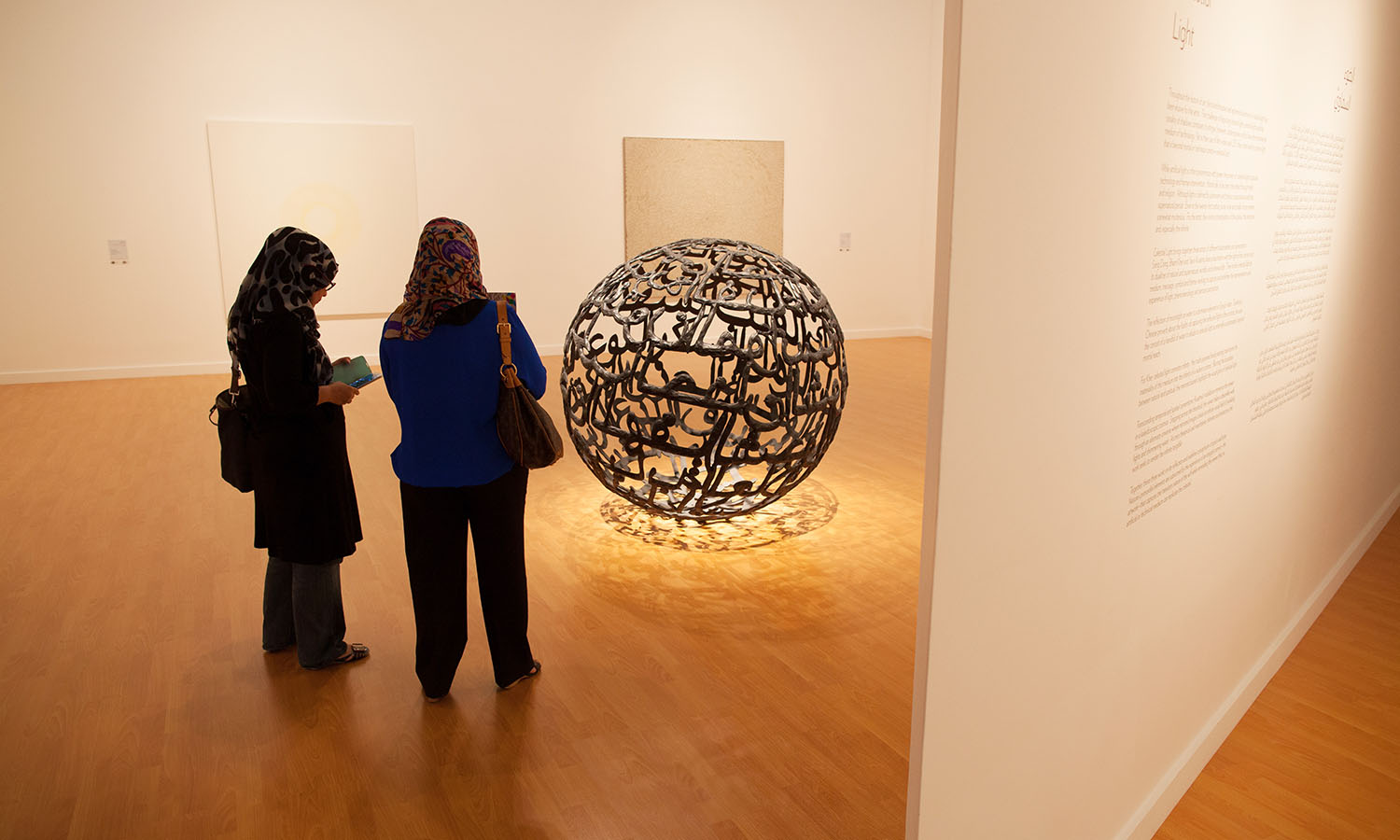

7pm
Saadiyat Island is in the midst of transforming into a globally significant cultural hub. By 2020 the formerly deserted sand patch is scheduled to be covered in luxury apartments and leisure facilities that will share a postcode with a number of iconic art museums, including a Louvre and a Guggenheim. Get a taste of what’s in store at the Manarat Al Saadiyat (Place of Enlightenment), which tells the history of Abu Dhabi and showcases its grand vision for a highbrow future that will distinguish it from nearby Dubai. Build it and they will come seems to be the philosophy underpinning the city’s post-oil future.
Manarat Al Saadiyat
Sheikh Khalifa Highway E12
saadiyatculturaldistrict.ae


8pm
Ready to be treated like actual royalty? Direct your ride to the Emirates Palace Hotel and be prepared to be dazzled. Abu Dhabi is not short of flash hotels, but this palatial seven-star wonderland is a tourist attraction in its own right. Gold and marble are used liberally throughout the sprawling, kilometre-long construction in a design motif that matches grandeur with opulence. Non-guests are welcome to wander slack-jawed beneath its 144 domes or loiter near the gold-dispensing ATM. Better still, the hotel has a royal abundance of cafes, bars and restaurants and most are open to the public. Reserve a table outside at Hakkasan for a dazzling view of the city and a gorgeous modern Chinese meal you won’t soon forget.
Hakkasan Abu Dhabi
Emirates Palace Hotel
hakkasan.com
9.30pm
For a more traditional experience and something sweet, try Le Boulanger, an alfresco cafe overlooking the water on the nearby Corniche. You can’t buy booze here but not buying booze is very much the local custom. Instead locals crowd around tables, drink coffee, talk into the night and take turns coaxing scented tobacco through water-cooled hookah pipes. Shisha is a mixture of tobacco leaves flavoured with molasses or honey and mixed with glycerine so that it heats evenly and doesn’t burn. A one-hour shisha session combined with sweet local coffee, two or three sticky baklavas and a pink cube of Turkish delight and you will be authentically abuzz
and ready for some nightlife proper.
Le Boulanger
Marina Village
Cornich Road


10.30pm
If Abu Dhabi were a drink it would be a mocktail served in ornate crystal. The conspicuously wealthy city pulses with designer labels, soaring high-rises, blingy architecture and customised sports cars. It’s the sort of place a stubby of VB would be asked to leave on aesthetic grounds. Ray’s Bar on the 62nd floor of the Jumeirah Etihad Towers doesn’t stock blue-collar Aussie beer, but its expert barmen can mix up just about anything else. The spectacular views from Ray’s across the twinkling city explain why Abu Dhabi has been compared to Manhattan. The service is professional, the lighting atmospheric and the drinks tall, dark and expensive. It’s a good place to meet friendly expats, dig the view and the glamour and suss out where to hit next.
Ray’s Bar
Jumeirah Etihad Towers
West Corniche Road
jumeirah.com


11.30pm
Ladies’ nights are a big deal in Abu Dhabi. They usually happen on a Wednesday and hinge on a tried-and-tested nightclub formula. Entice the female of the species and the men will follow with hungry eyes and open wallets. It’s a sign of how new the drinking culture is in Abu Dhabi that free drinks for the women are A) allowed, and B) don’t end in Caligula-style debauchery. Deep inside Emirates Palace is Etoiles nightclub. Here, you’ll find DJs playing mid-tempo beats as the club slowly fills with women and their admirers. Drink, mingle and have a dance, but don’t linger too late as there’s more ladies’ night action to be had.
Etoiles
Emirates Palace Hotel
West Cornishe Road
facebook.com/etoilesclub
1am
Lift-off arrives at Pearls & Caviar, a chic open-air bar with water views across to the distant Grand Mosque. Pheromones mix with designer scents and acrid tobacco smoke on a crowded dance floor. At last you’ve found some genuine party people and a DJ tuned to the tribal mind. The city’s reputation for tolerance will be tested by a posse of bumping and grinding expats, barely attired ‘ladies’ and a Busta Rhymes decree for the dance floor to “make it clap”. Clearly so much has changed and so quickly in this newly minted city. Forty years ago it was a fishing village, today Abu Dhabi reaches for the sky and screams “look at me now”. Tonight they’re twerking for freedom within sight of the Grand Mosque. Who knows what tomorrow will bring?
Pearls & Caviar
Shangri-La Hotel
Khor Al Maqta
shangri-la.com
 (
(
